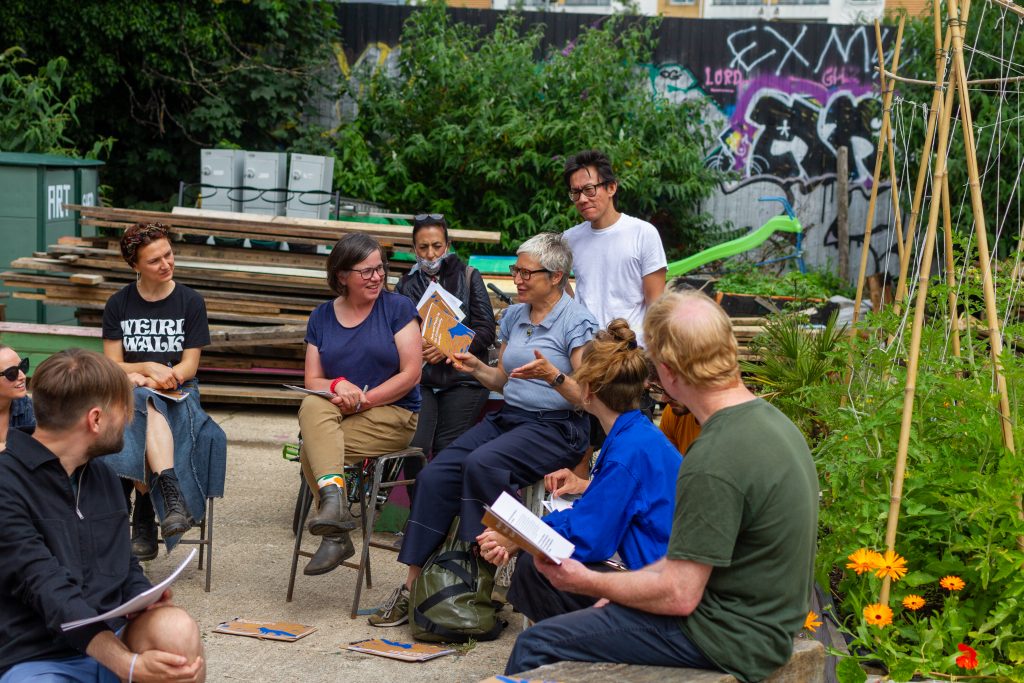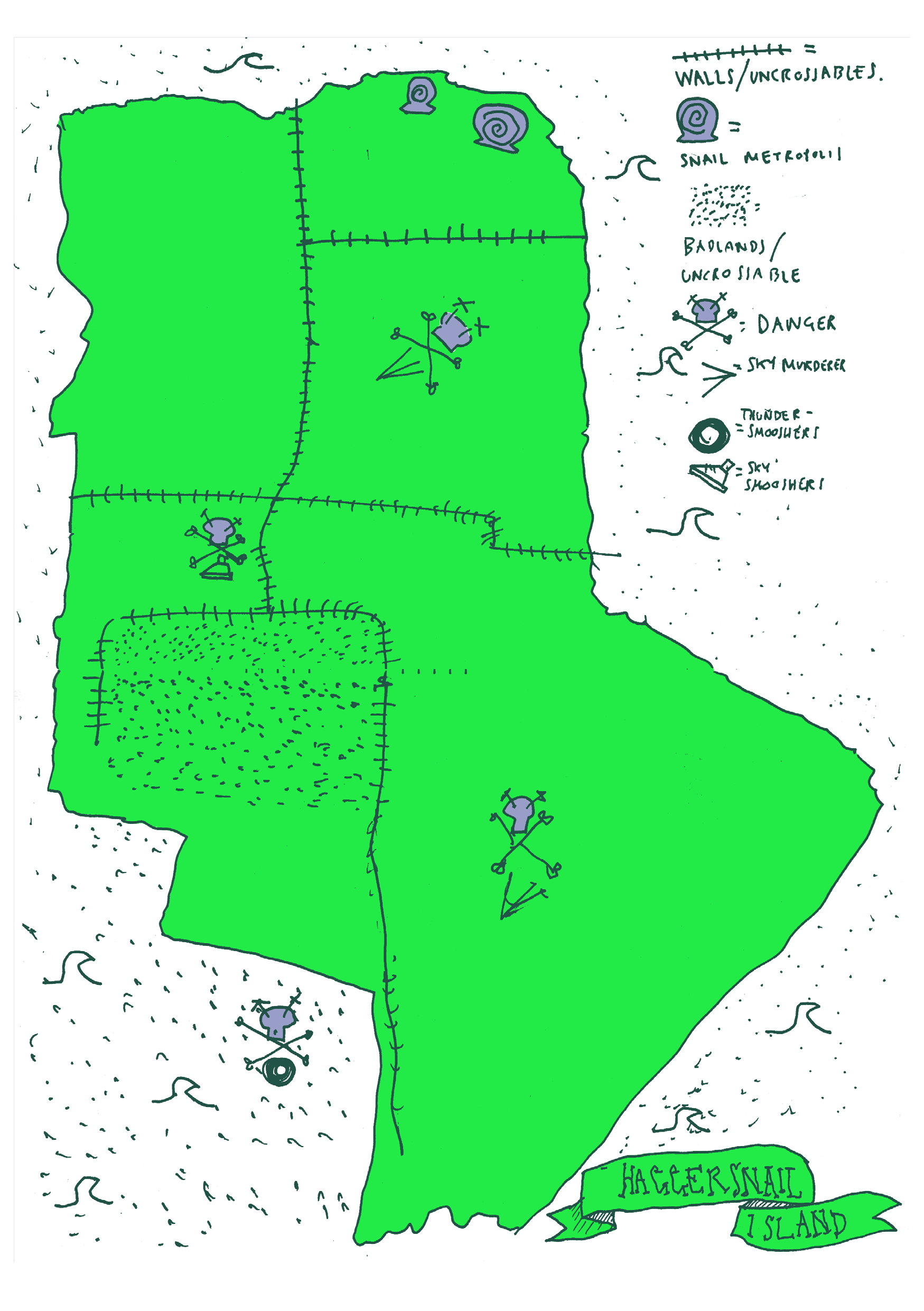Events

The research is being conducted through a programme of participatory and design-led engagements with grassroots community gardens.
We began exploring the themes of the project in May 2021 through a design Workbook of probes and proposals which aimed to help people move beyond a human-centred perspective and consider the city from the perspectives of other species.
The workbook was used as a starting point for 2 workshops which took place in July 2021, in east London (Hackney and Tower Hamlets), which brought together a diverse group of around 50 researchers, activists, community organisers, gardeners, artists, landscape designers, policy-makers, and other interested citizens to explore the research questions and concerns.
The first workshop, called Pets and Pests in the Community Garden, focused on urban planning for multispecies cohabitation. The second workshop, called Life and Death in the Cemetery, focused on urban interspecies relationships across different scales.
In both workshops participants adopted a non-human species to roleplay throughout the workshop. Species included urban animals such as foxes, parakeets, earthworms and bumblebees; plants such as lime trees, dandelions, and tomatoes; and microscopic life such as nematodes and bacteria.
In September 2022 we are running a workshop, using hybrid digital-physical probes that we are developing to explore more-than-human data interactions and visualisations for urban cohabitation.

